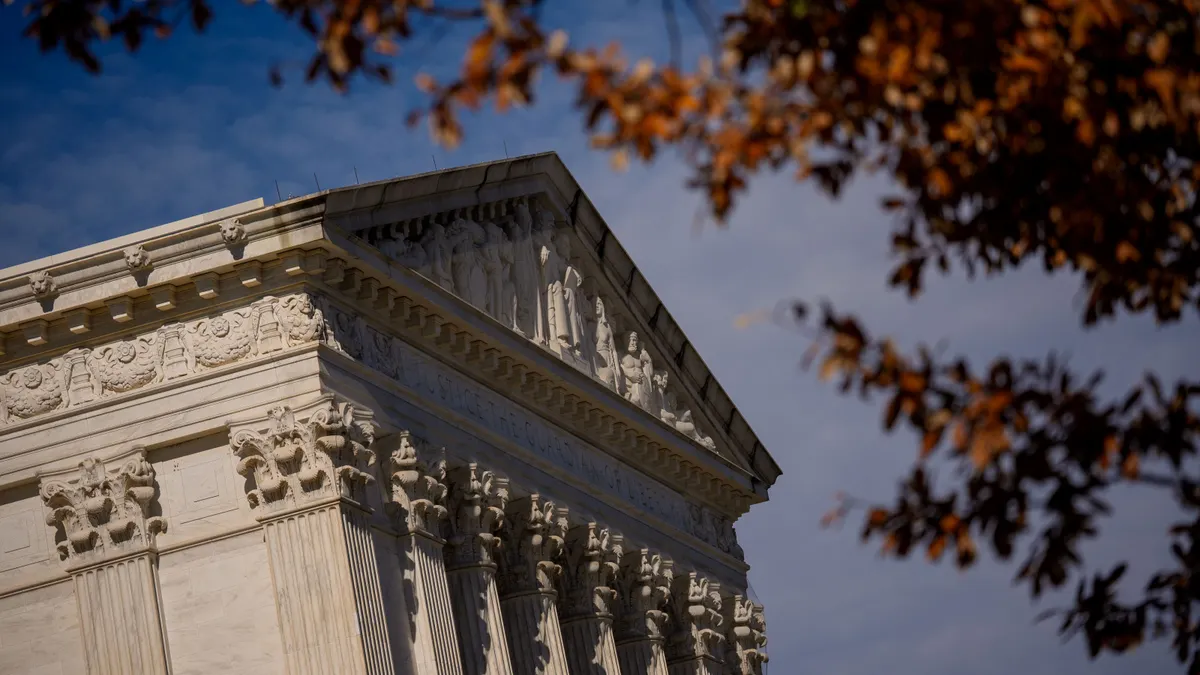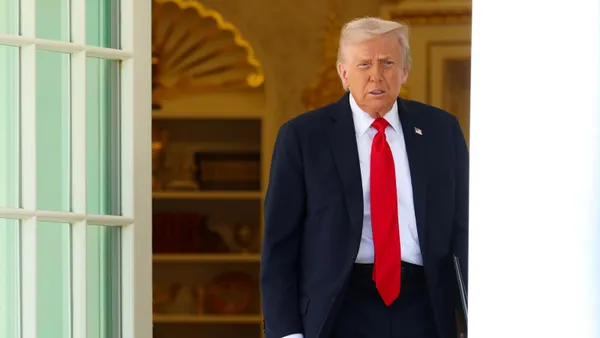Dive Brief:
- Consumer spending held steady last month even as the outlook for employment dimmed and inflation persisted above the Federal Reserve’s 2% target.
- Spending rose 0.4% in August, the same pace as July, and the Fed’s preferred inflation gauge — the personal consumption expenditures price index minus volatile food and energy prices — remained at a 2.9% annual rate, the Bureau of Economic Analysis said Friday. Consumers opened their wallets despite anxiety about price pressures and cracks in the job market following a 0.1 percentage point rise in unemployment to 4.3% last month.
- “Consumers feel pressure both from the prospect of higher inflation as well as the risk of weaker labor markets,” Joanne Hsu, director of consumer surveys at the University of Michigan, said Friday in a statement. Consumer sentiment fell 5% this month “across a broad swath of the population” regardless of age, income and education, she said.
Dive Insight:
The unexpectedly sunny data on consumer spending followed an upward revision on Thursday in second-quarter gross domestic product growth to 3.8% from 3.3%.
Business outlays for artificial intelligence and software, and higher-than-expected consumer spending on services fueled the expansion, the BEA said.
Responding to the data, the Atlanta Fed on Friday raised its forecast for Q3 economic growth to 3.9%, on an annual basis, from 3.3% on Sept. 17.
Consumers, who fuel nearly 70% of economic growth, show no signs of losing heart, Richmond Fed President Tom Barkin said Friday.
“After they hunkered down in the spring, recent data show consumers resumed spending over the summer, especially those with higher incomes,” Barkin said in a speech.
“And why wouldn’t they?” he said. “Unemployment is still low, nominal wages are still increasing and asset valuations are near all-time highs.”
Businesses also have reason for optimism, Barkin said.
“Second quarter earnings were strong, and stock prices keep climbing,” he said. “Uncertainty seems to be coming down as the path for government becomes clearer,” Barkin added, noting that the regional bank found in a recent CFO Survey that business optimism rose to the highest level since 2021.
The mix of labor market weakness and unacceptably high price pressures pulls the Fed in opposite directions as it seeks to meet its dual congressional mandate to ensure maximum employment and stable prices.
In recent years, with the job market healthy, policymakers focused on quashing above-target inflation, Barkin said.
“Now, with inflation risks still elevated but the downside risks to employment rising, we face a more challenging situation,” he said, while endorsing a decision by the Federal Open Market Committee this month to trim the main interest rate by a quarter point to a range between 4% and 4.25%.
“This should help support the labor market while maintaining pressure on inflation,” Barkin said.
Some households concerned about price pressures may not want the central bank to further trim borrowing costs.
“Consumers continue to express frustration over the persistence of high prices, with 44% spontaneously mentioning that high prices are eroding their personal finances, the highest reading in a year,” Hsu said.
Long-run inflation expectations rose in September for the second straight month to 3.7%, she said.













